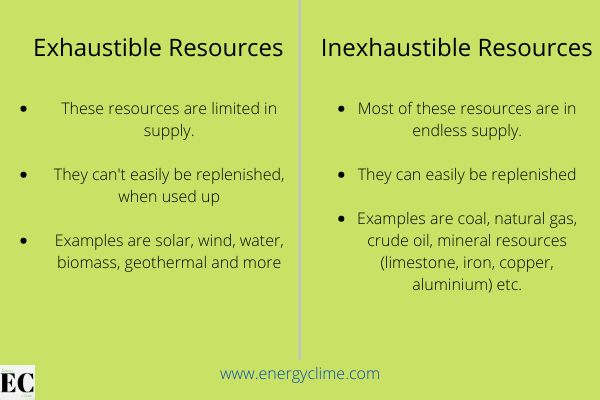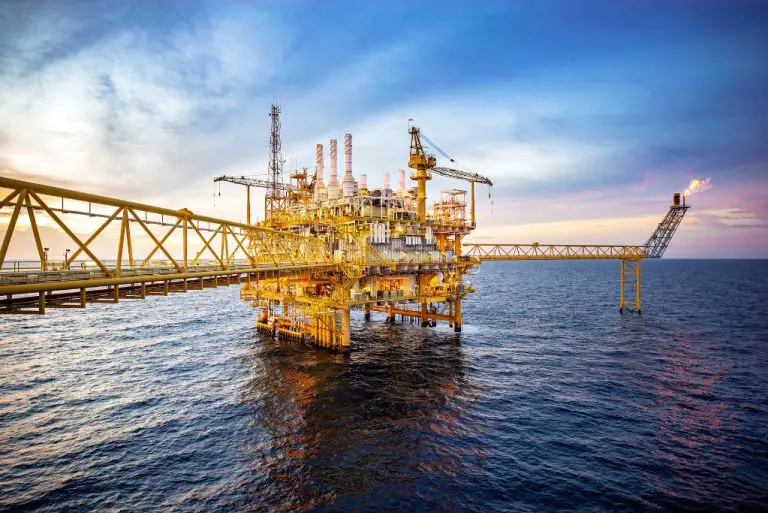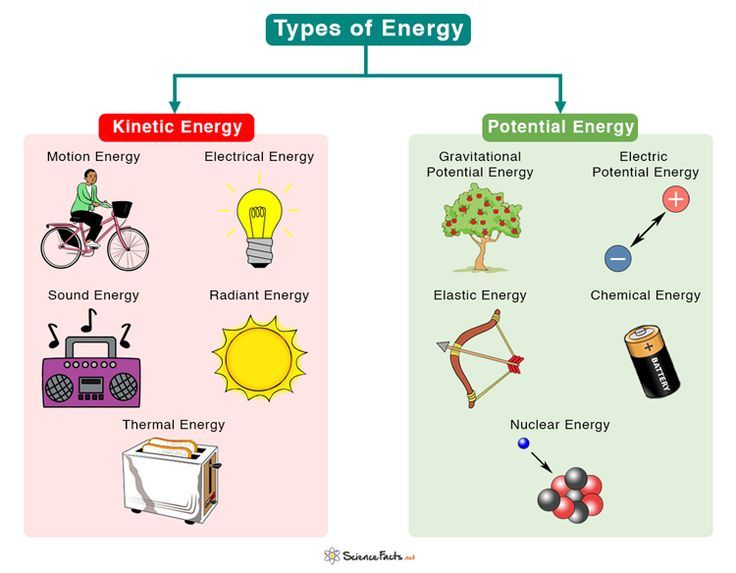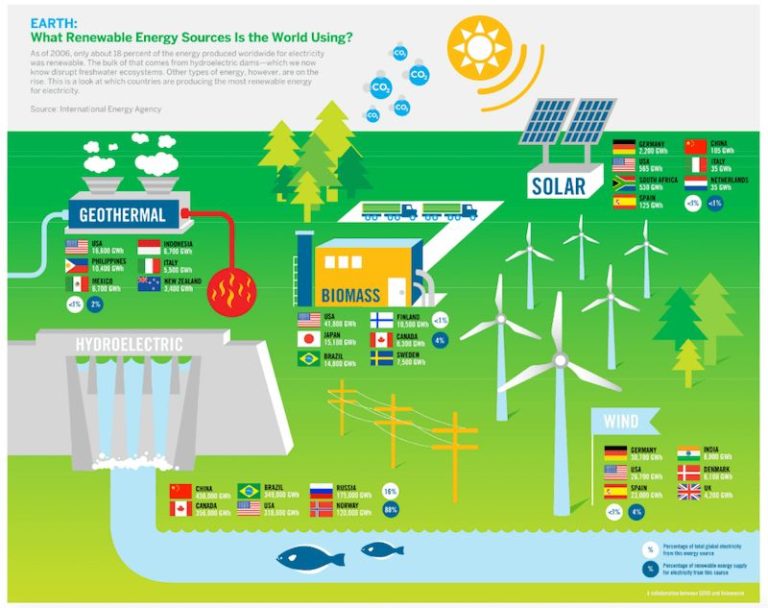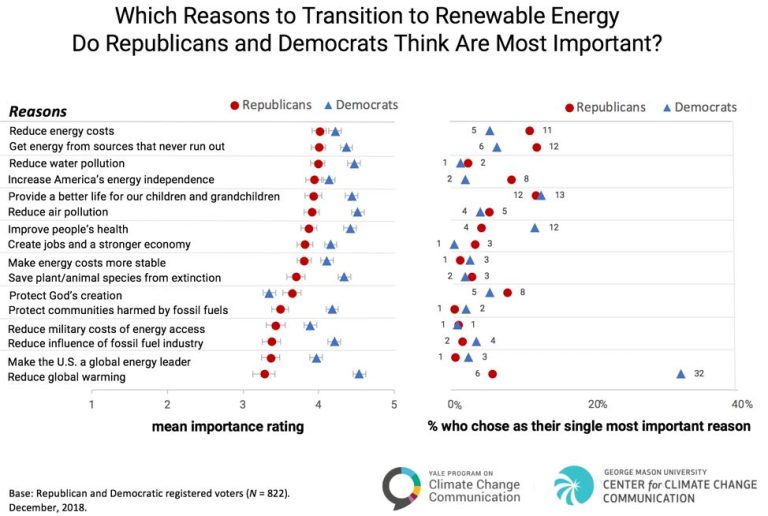What Is The Carbon Transformation In Photosynthesis?
What is photosynthesis?
Photosynthesis is the process plants use to convert light energy from the sun into chemical energy in the form of glucose. During photosynthesis, plants take in carbon dioxide (CO2) and water (H2O) from the environment. Using energy from sunlight, the plant converts the water and carbon dioxide into glucose (C6H12O6) and oxygen (O2). The glucose provides energy that allows the plant to grow and function. The oxygen is released back into the environment. The overall chemical equation for photosynthesis is:
6CO2 + 6H2O + Light Energy → C6H12O6 + 6O2
This process allows plants to harvest the sun’s energy and convert it into a form they can use. Photosynthesis provides the energy source for virtually all life on Earth since the glucose it produces is usable by plants and animals.
Where does photosynthesis occur?
Photosynthesis occurs in organelles called chloroplasts, which are found in the cells of leaves and green stems of plants. Chloroplasts are specialized organelles that contain the chlorophyll pigment, which gives plants their green color and absorbs light energy for photosynthesis. Inside the chloroplast are stacked, disc-shaped structures called thylakoids. The thylakoids contain the light-absorbing pigments as well as proteins and enzymes needed for the light-dependent reactions of photosynthesis.
Arrangements of thylakoids form structures called grana, which look like stacks of coins. The fluid inside the chloroplast that surrounds the thylakoids is called the stroma, which contains enzymes for the Calvin cycle reactions of photosynthesis. Therefore, chloroplasts contain all the components necessary to convert light energy, CO2, and water into glucose and O2 through the complex, multi-step process of photosynthesis.
What are the stages of photosynthesis?
Photosynthesis occurs in two main stages:
Light-dependent reactions
The light-dependent reactions take place first. This is when the energy from sunlight is absorbed by chlorophyll and converted into chemical energy in the form of ATP and NADPH. Light energy excites electrons in chlorophyll and pushes them to a higher energy level. These energized electrons then travel down an electron transport chain, and their energy is used to power protons across a membrane. This proton gradient powers the creation of ATP and NADPH.
Calvin cycle/light-independent reactions
After the light-dependent reactions, the Calvin cycle, or light-independent reactions take place. This is when carbon dioxide from the atmosphere is fixed into carbohydrates. The energy from the ATP and NADPH produced in the light reactions provides the energy for this process. An enzyme called RuBisCO catalyzes the fixation of carbon dioxide into 3-carbon sugars. These sugars can then be rearranged and combined into more complex carbohydrates, providing energy for the plant.
The light-dependent and light-independent reactions make up the two main stages of photosynthesis, allowing plants to absorb energy from sunlight and create carbohydrates from carbon dioxide and water.
What happens during the light reactions?
The light reactions take place in the thylakoid membranes within the chloroplasts. This is where the magic of photosynthesis begins. When light energy is absorbed by chlorophyll, it excites electrons within the thylakoid membranes. These energized electrons are then shuttled through an electron transport chain, which establishes a proton gradient. This proton gradient powers ATP synthase enzymes that generate ATP. The light reactions also generate NADPH through photosystem I.
So in summary, the light reactions harness light energy to produce ATP and NADPH. This is achieved through chlorophyll exciting electrons, the electron transport chain, and chemiosmosis. The ATP and NADPH generated will then provide the chemical energy needed in the next stage of photosynthesis, the Calvin cycle.
What is the Calvin cycle?
The Calvin cycle, also known as the dark reactions, is the second stage of photosynthesis that occurs in the stroma of the chloroplast. This cycle was discovered by Melvin Calvin and his team, which is why it is named the Calvin cycle. The key function of the Calvin cycle is carbon fixation, which involves taking carbon dioxide from the atmosphere and converting it into organic molecules like glucose.
There are three main phases in the Calvin cycle:
- Carbon fixation – CO2 is taken up and attached to RuBP (ribulose bisphosphate) by an enzyme called Rubisco, forming 3-PGA.
- Reduction – ATP and NADPH from the light reactions provide the energy to reduce 3-PGA into G3P (glyceraldehyde 3-phosphate).
- Regeneration of RuBP – G3P is used to regenerate RuBP so the cycle can continue. Some G3P is diverted to make glucose and other carbohydrates.
The regeneration of RuBP is crucial in order for the Calvin cycle to keep functioning in a cyclic manner. Without the regeneration of this molecule, the fixation of carbon would not occur perpetually.
Carbon Fixation
Carbon fixation is the process by which inorganic carbon dioxide (CO2) is converted into organic compounds during the Calvin cycle stage of photosynthesis. This process essentially “fixes” the carbon from CO2 into carbohydrates that can be used by plants.
It occurs during the dark reactions of photosynthesis after the energy from sunlight has been captured during the light reactions. The carbon fixation reactions are catalyzed by an enzyme called RuBisCO which grabs CO2 out of the atmosphere and attaches it to a 5-carbon sugar called RuBP. This forms a 6-carbon intermediate which is then split into two 3-carbon molecules of 3-phosphoglyceric acid (also known as PGA).
PGA contains carbon that was originally from atmospheric CO2. Through subsequent cycling reactions, PGA is reduced and phosphorylated to eventually regenerate RuBP so that the Calvin cycle can continue. The extra PGA that is not recycled is used to form glucose and other carbohydrates that the plant uses for energy and growth.
In summary, carbon fixation during the Calvin cycle results in the stable incorporation of carbon from CO2 into organic molecules that can be used by plants, thereby reducing atmospheric CO2 levels. This vital process allows carbon that was locked away in the atmosphere to be stored in the tissues of plants and ultimately animals when the organic compounds are consumed.
Carbon transformation
The carbon transformation is a key step in the Calvin cycle where carbon dioxide from the atmosphere is reduced and converted into carbohydrate molecules. This process takes place in the stroma of chloroplasts following the light-dependent reactions.
The enzyme RuBisCO catalyzes the fixation of carbon dioxide onto a 5-carbon acceptor molecule called ribulose bisphosphate (RuBP). This initial fixation forms a 6-carbon intermediate which is extremely unstable, and almost immediately splits into two 3-carbon molecules called 3-phosphoglycerate.
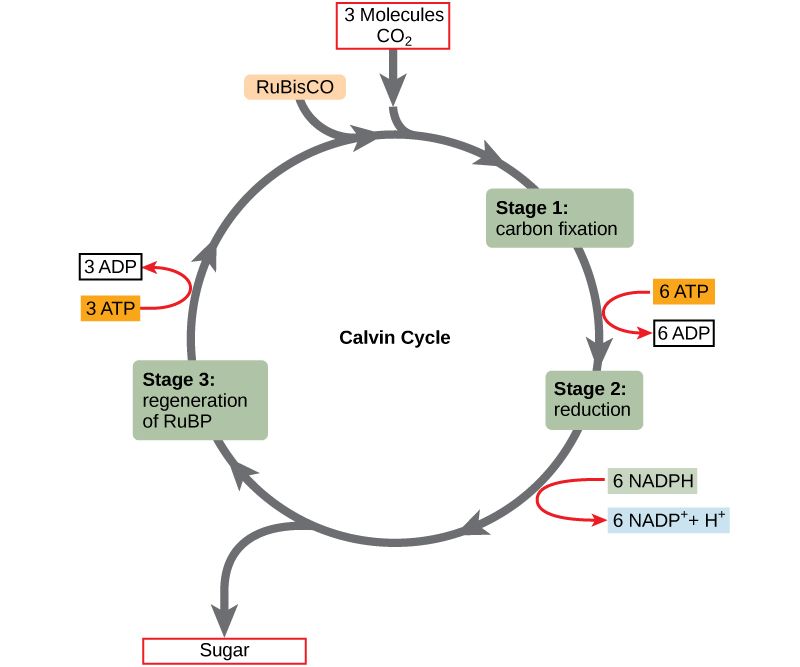
3-Phosphoglycerate then goes through a series of reductions and phosphorylations to eventually form the 3-carbon carbohydrate glyceraldehyde 3-phosphate (G3P). Some G3P molecules leave the cycle to be synthesized into glucose and other carbohydrates. The remaining G3P is recycled to regenerate RuBP so that the Calvin cycle can continue.
Without this transformation and fixation of atmospheric CO2 into organic carbohydrates, plants would not be able to build their tissues or create energy storage molecules. The Calvin cycle therefore provides the basic carbohydrates that form the foundation of the food chain.
Why is the carbon transformation important?
The carbon transformation that occurs during the Calvin cycle is a critical part of photosynthesis. This process allows plants to take carbon dioxide from the atmosphere and convert it into organic compounds like sugars. There are two main reasons why this carbon transformation is so important:
First, it allows plants to build sugars that they can use for energy. The sugars produced during the Calvin cycle, like glucose, are carbohydrates that plants rely on as their main source of energy. Without the carbon transformation, plants would not be able to produce these sugars and would be unable to power their cellular processes.
Second, the organic compounds produced during the carbon transformation become building blocks for plants and provide nutrients for the entire ecosystem. The sugars from photosynthesis are used to build plant structures like cell walls, proteins, fats, and DNA. Additionally, plants distribute these organic compounds throughout the food chain when animals consume plants. The carbon transformation therefore powers not just individual plants but entire ecosystems.
In summary, the carbon transformation during the Calvin cycle is critical because it allows plants to produce the sugars they need for energy and provides organic compounds that sustain plants and animals across the ecosystem. This key process enables photosynthesis to support almost all life on Earth.
Limiting Factors
The efficiency of photosynthesis is affected by several limiting factors. These factors can reduce the rate at which photosynthesis occurs.
Light is a key limiting factor. Plants require sunlight to power the light-dependent reactions. With insufficient sunlight, the light reactions cannot operate at full capacity and the overall rate of photosynthesis is reduced. Cloudy weather and shaded conditions limit the available sunlight.
Carbon dioxide levels can also limit photosynthesis. CO2 is required for the light-independent reactions. Low CO2 levels slow down the Calvin cycle and the production of sugars. Additional CO2 can increase photosynthesis rates in some plants and algae.
Temperature affects photosynthesis because the chemical reactions are sensitive to temperature changes. Each plant species has an optimal temperature range. Temperatures above or below this range will lower the efficiency of photosynthesis. High temperatures can damage the photosynthetic enzymes.
Water availability can limit photosynthesis. Adequate water is needed to keep the plant’s tissues from desiccating. Drought conditions force plants to close their stomata to prevent water loss. But closing the stomata also reduces inward diffusion of CO2, slowing photosynthesis.
Summary
During the carbon transformation in photosynthesis, carbon dioxide (CO2) is converted into organic compounds like glucose. This process occurs in the Calvin cycle, which is the second stage of photosynthesis. In the Calvin cycle, CO2 is “fixed” by combining it with a 5-carbon sugar called RuBP. This forms a 6-carbon intermediate molecule that is then split into two 3-carbon molecules called 3-PGA. Through a series of reactions, some of the 3-PGA is converted into RuBP to start the cycle again, while the rest leaves the cycle as glucose.
The carbon transformation is a critical part of photosynthesis, as it converts inorganic CO2 into organic molecules that cells can use for energy and building blocks. This process allows plants, algae and some bacteria to utilize the carbon in CO2, incorporating it into biomass. The creation of biomass via carbon fixation is the basis for nearly all life on Earth, making the carbon transformation in photosynthesis incredibly important. Overall, the carbon transformation converts CO2 into organic carbon compounds through the Calvin cycle during photosynthesis.

